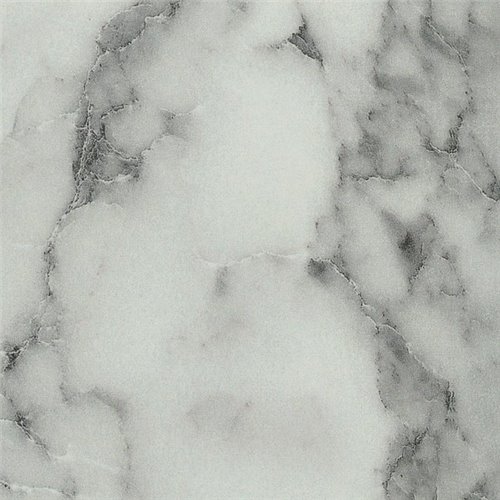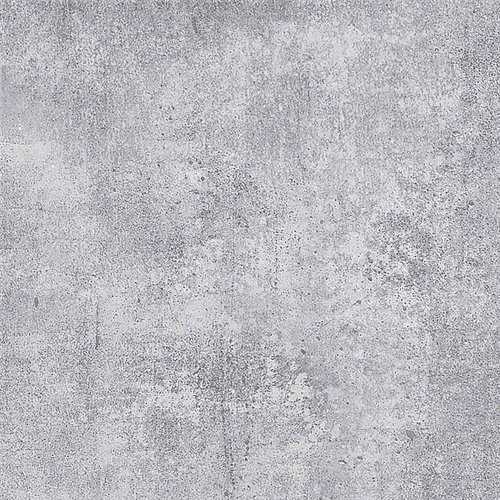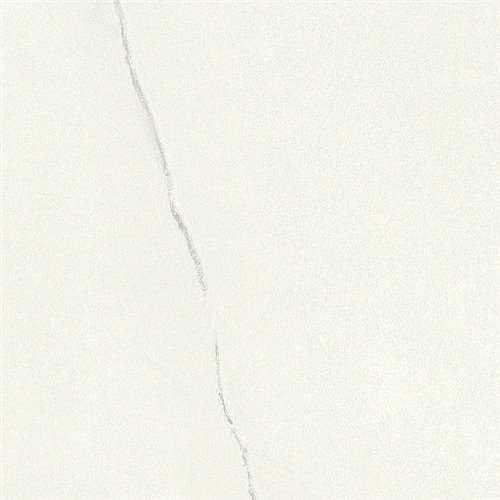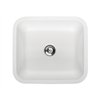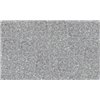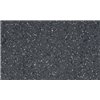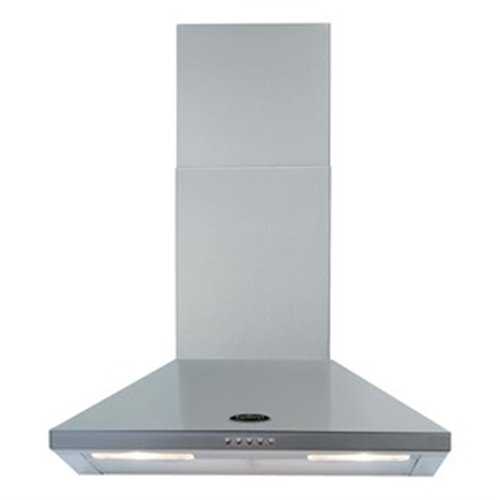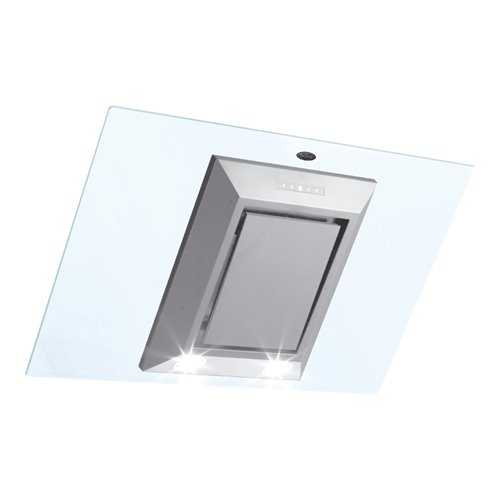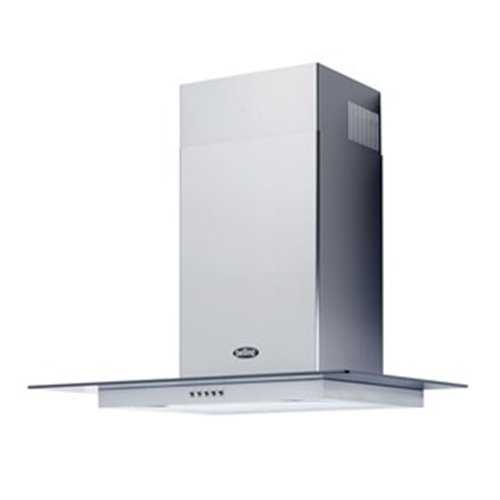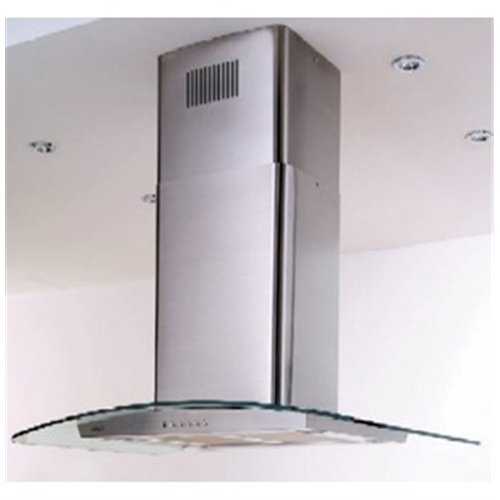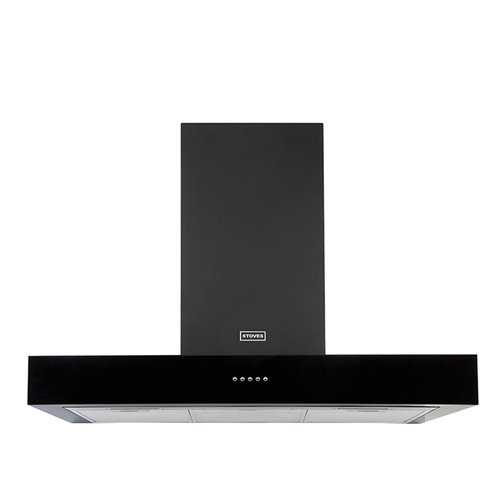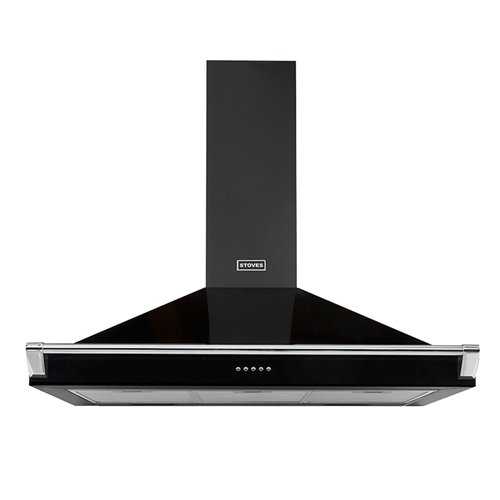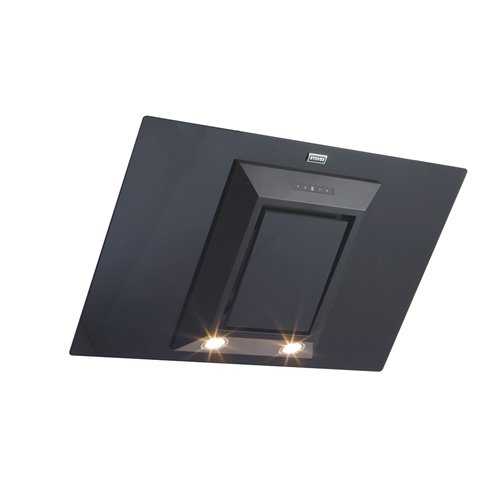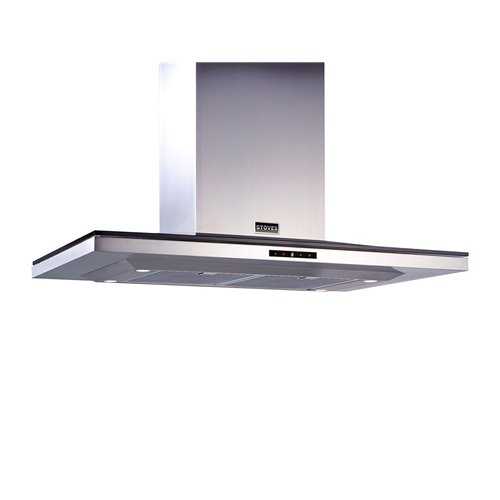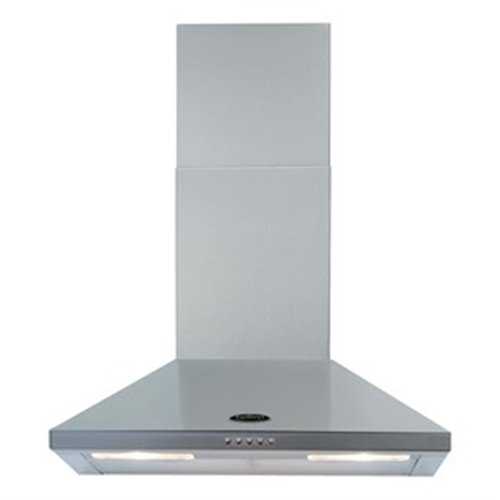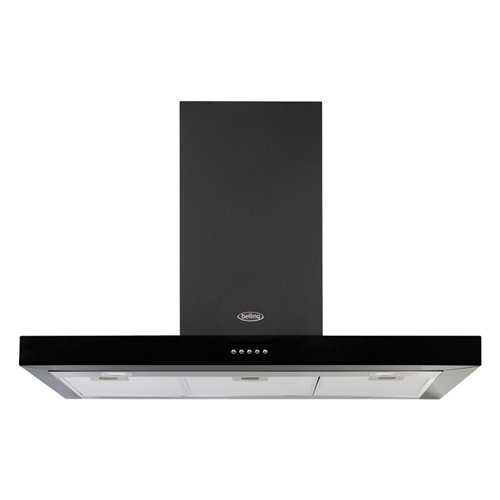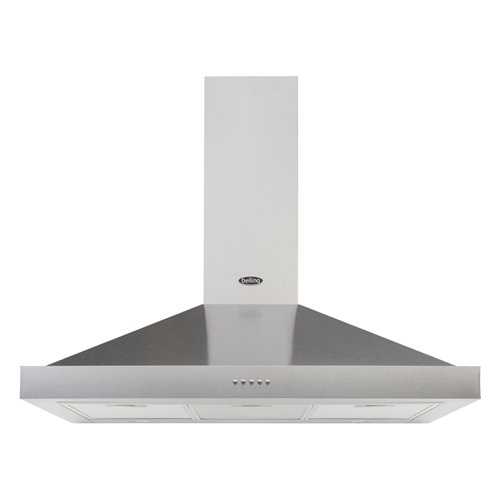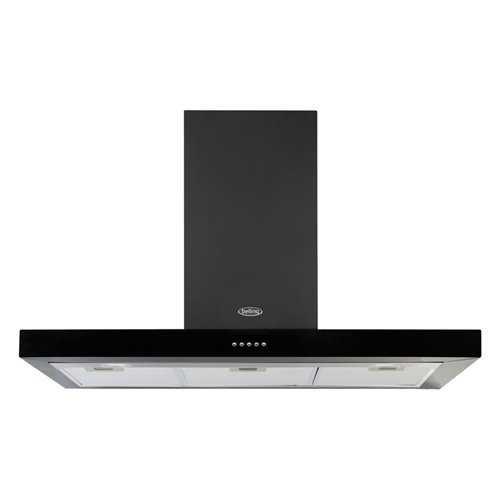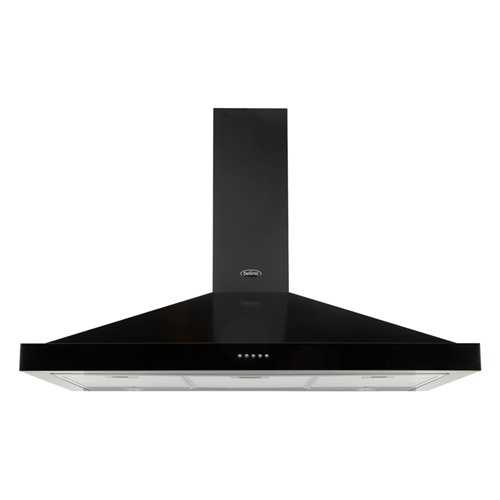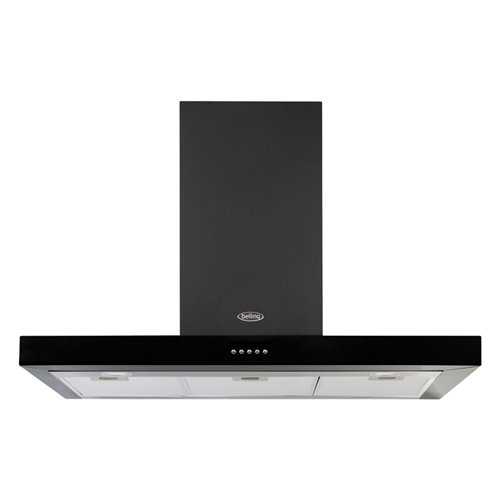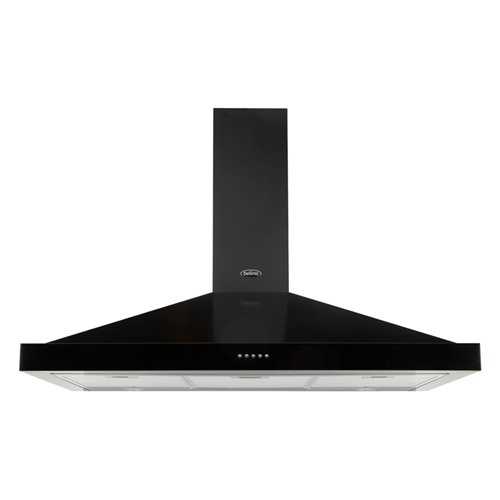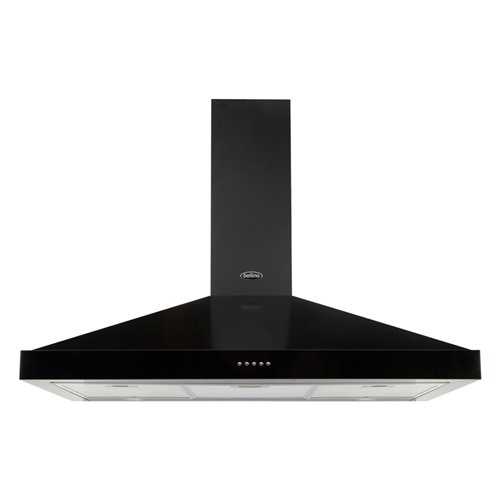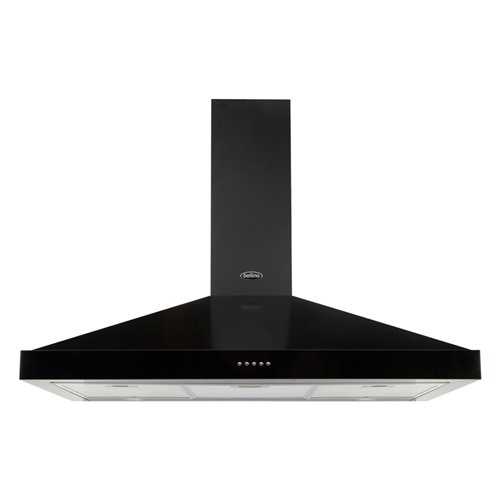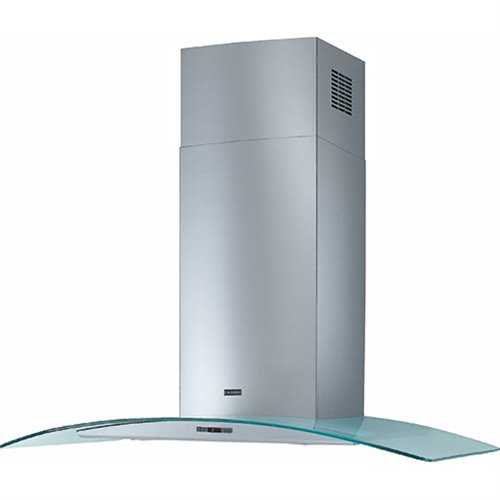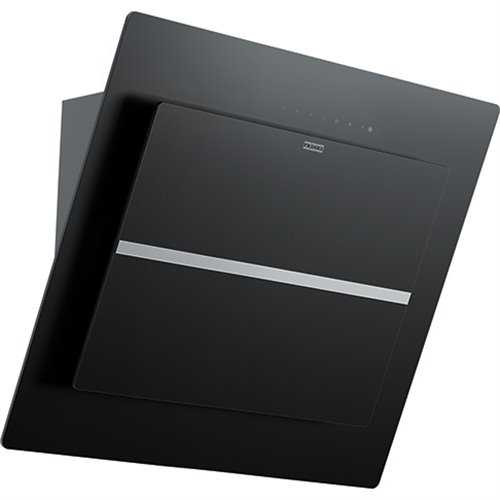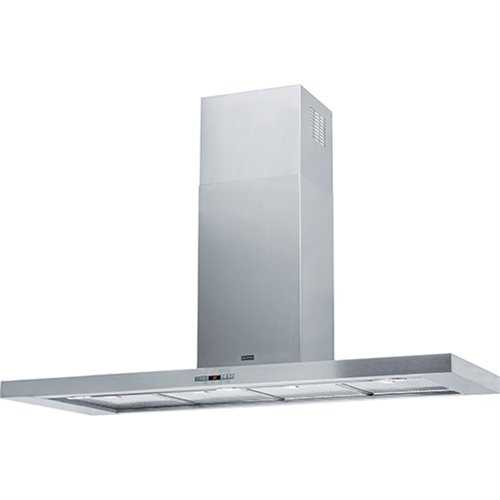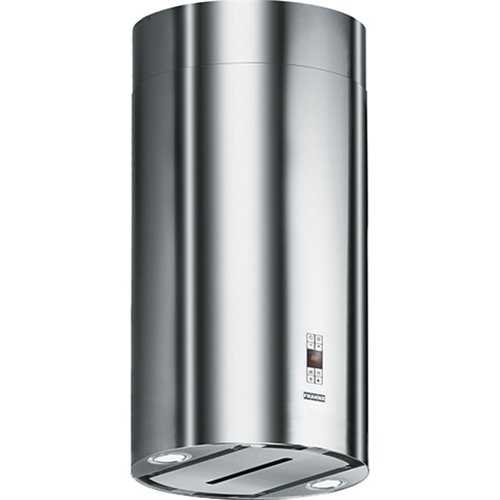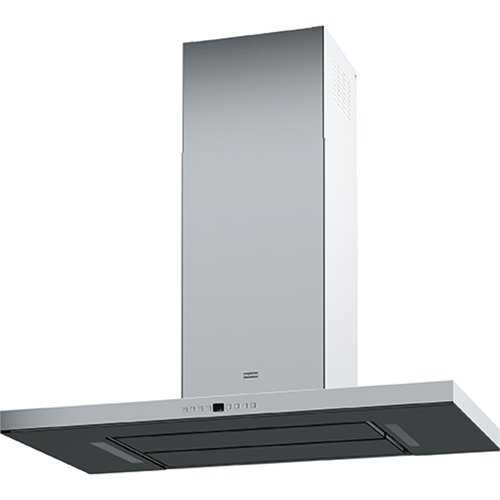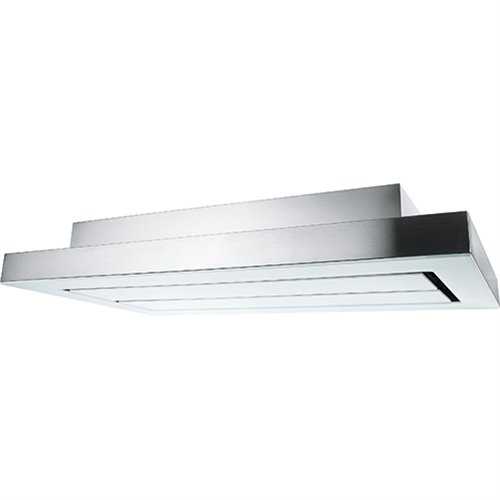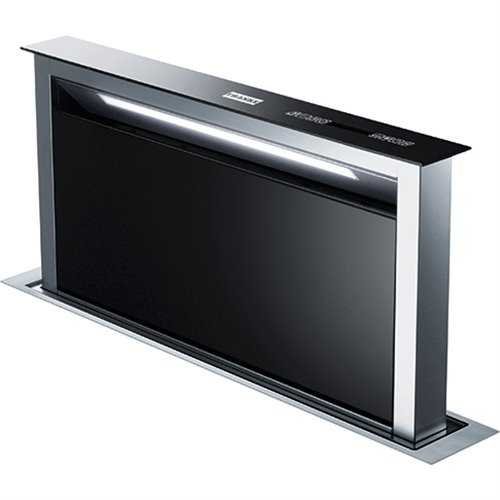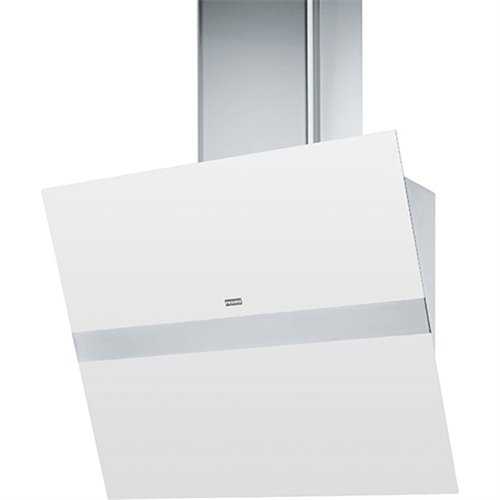Deal of the Day
Deal of the Day
acrylic-wall-panelling
compact-worktops
compact-worktops
compact-worktops
compact-worktops
compact-worktops
compact-worktops
Company Info Links Below
New Products
Blog Categories
Testimonials ( 268 )





 (4,8/5)
(4,8/5)




 (4,8/5)
(4,8/5)

























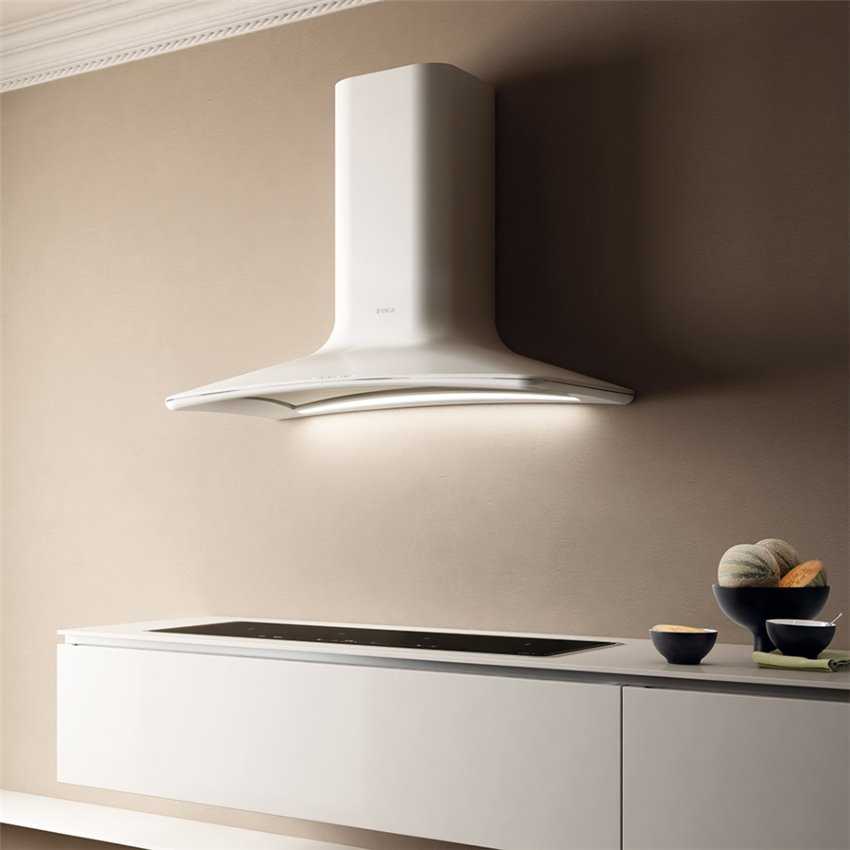
Cooker Hoods
Cooker Hoods & Extractors: For a Fresh & Clean Kitchen
Keep your kitchen air fresh, clean, and free from steam, grease, and cooking odours with a high-performance cooker hood. An essential appliance for any modern kitchen, an effective extractor fan not only removes airborne particles but also helps to protect your new kitchen units from grease and moisture damage. At BBK Direct, we offer a wide selection of stylish and powerful cooker hoods to suit every kitchen design and layout. From bold, wall-mounted chimney hoods to sleek, integrated models that disappear into your cabinetry, you'll find the perfect solution to maintain a clean and pleasant environment in your home.
Find the Perfect Cooker Hood for Your Kitchen Layout
Our collection includes a variety of styles to seamlessly integrate with your design while providing powerful extraction.
Wall-Mounted Chimney Hoods
The classic and most popular choice. A chimney hood is installed on the wall directly above your hob and creates a stylish focal point. Available in a wide range of designs, from contemporary stainless steel and black glass to more traditional styles, they offer powerful extraction for any cooking space.
- A stylish centrepiece for the kitchen
- Powerful extraction performance
- Available in various widths (60cm, 90cm, etc.)
Integrated & Canopy Hoods
For a discreet, minimalist look, an integrated hood is the perfect solution. These models are built directly into the cabinet above your hob, completely hidden from view until needed. They are ideal for maintaining a seamless run of wall units in a modern kitchen.
- Hidden within your cabinetry
- Creates a clean, minimalist aesthetic
- Effective extraction in a compact form
Island & Downdraft Extractors
The perfect solution for kitchen islands. An island hood is suspended from the ceiling, providing a stunning feature above your island hob. For the ultimate in minimalist design, a downdraft extractor rises from the worktop at the touch of a button, drawing steam and odours downwards.
- Designed for hobs on a kitchen island
- Creates a dramatic, high-end look
- Innovative downdraft technology
Choosing Your Cooker Hood
- Extraction Rate: The power of a hood is measured in m³/hr. To find the right power, multiply your kitchen's volume (L x W x H) by 10. For example, a 4m x 3m x 2.5m kitchen (30m³) needs a hood with at least a 300m³/hr extraction rate.
- Ducted or Recirculating: A ducted hood vents the air outside your home and is the most effective option. A recirculating hood filters the air through charcoal filters and releases it back into the kitchen, which is ideal if you cannot vent externally.
- Noise Level: Check the decibel (dB) rating. A quieter model will make your kitchen a much more pleasant place to cook and socialise.
Keep Your Kitchen Fresh, Clean, and Beautiful
Explore our full range of stylish and powerful cooker hoods and find the perfect model to complete your kitchen.
There are 52 products.
Filter By
Brand
Brand
Hood Colours
Hood Colours
Hood Sizes
Hood Sizes
Hood Fitting Type
Hood Fitting Type
Active filters





